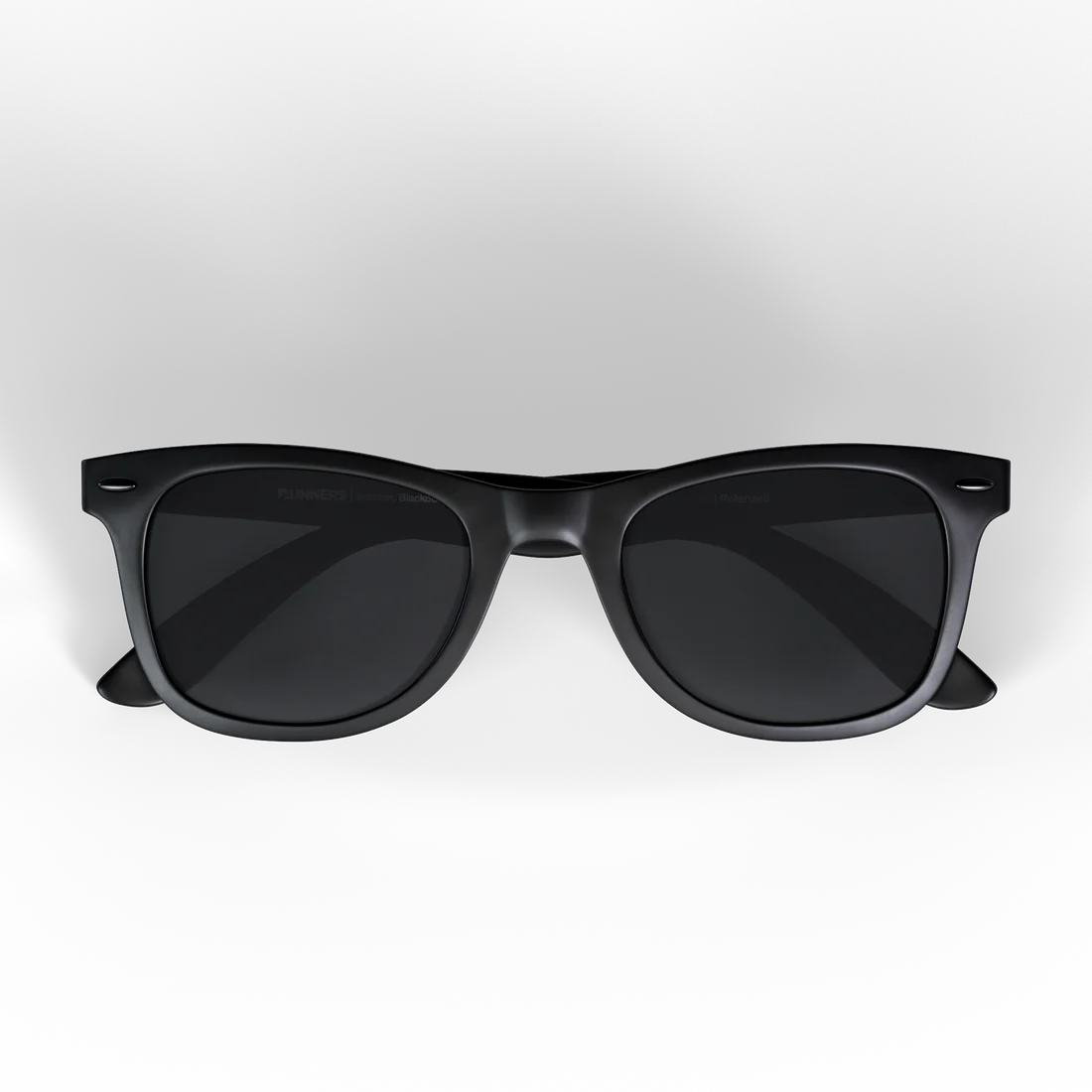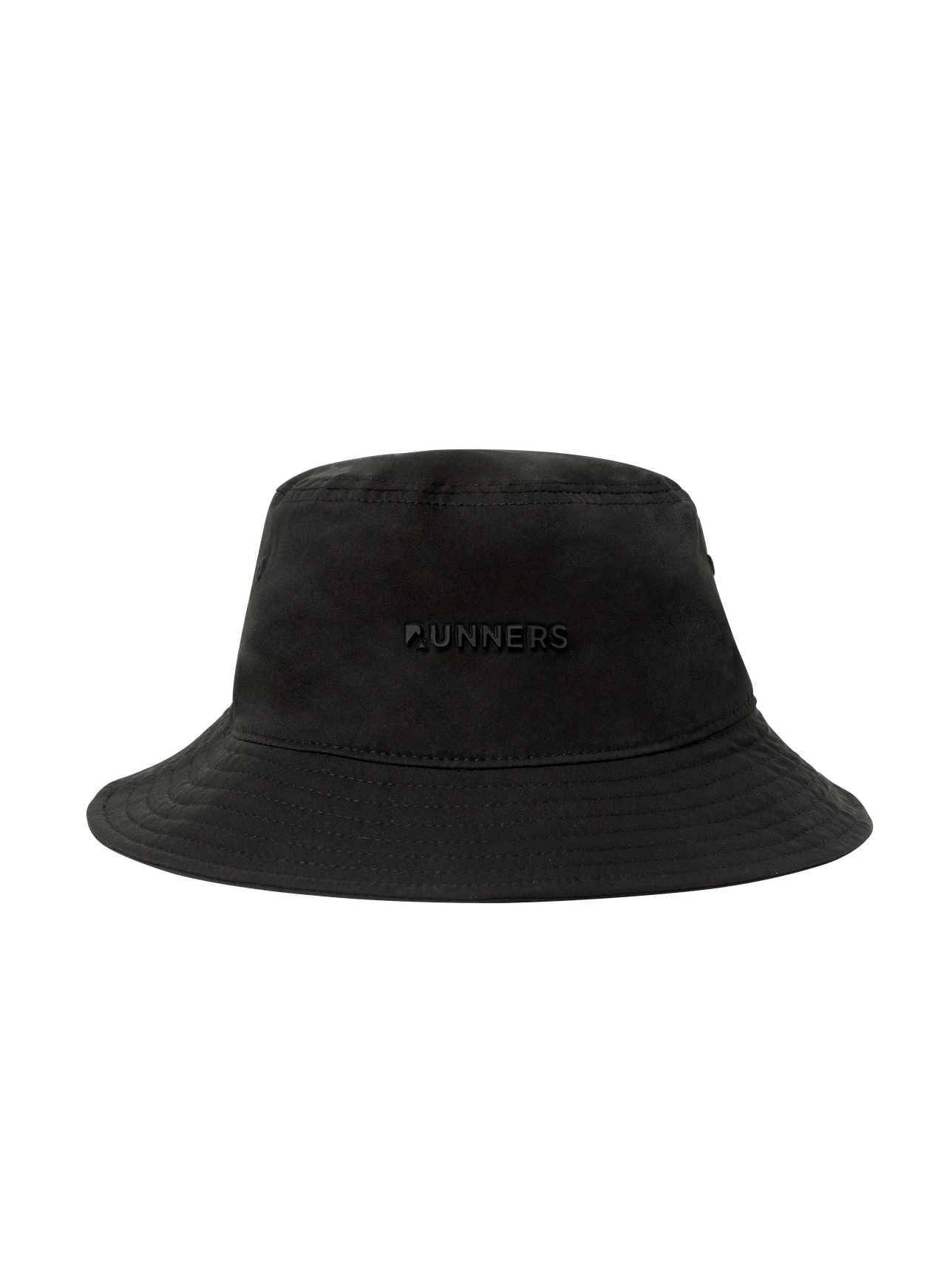7 Small Mistakes Runners Make
Running may be a straightforward sport. You don't need a large amount of kit or experience to try and do it, and running may be a good way to boost your health, use time outdoors and interact with other runners. As COVID-19 has restricted access to team sports and indoor exercises, a lot of individuals without prior experience are attempting running for the first time or returning to the after a lengthy period of time.
Today we are going to be discussing the common mistakes made whilst running
Kindly subscribe, hit the notification bell, and make sure you stay until the end of the video, as we would be taking an insight into the common mistakes experienced during running
Number 1: Warming up incorrectly.
Whether you ought to stretch before or when a run may be a hotly-debated topic. The agreement of consultants is that you can simply do either, however it ought to be dynamic and not static if you stretch before a run. Static stretching is wherever you hold a footing for a lengthy period of time, like touching your toes.
Dynamic stretching is involves you doing a vigorous movement that you simply don’t hold for too long, like high knees. Before a run, your muscles aren’t warm up, thus static stretching might harm them.
That doesn’t mean that you simply skip your warm ups and begin. Instead, contemplate adding in some dynamic stretches and exercises. It’s suggested to try and do elevated gluteus bridges and some pelvic drop exercises.
Find what works for you, however ensure that you’re doing one thing to keep your body moving before getting in your run. Therein same vein, make certain to try and do one thing to cool down subsequently, like a slower run/walk and static stretching. One major injury warming up incorrectly will cause may be a runner’s knee. Click the link on top of to be told a way to avoid and treat runners’ knee.
Number 2: Not Drinking Enough
The problem with several runners is that they underestimate the how much of fluid they lose throughout runs and do not drink enough because they are disturbed about the side effects. As a result, they suffer dehydration, which may be damaging to their performance and health.
It’s essential that runners pay a lot of attention to what they drink and the quantity of what they are drinking before, during, and after exercise. It’s been suggested that an hour before running, you are to drink about 16 to 24 ounces of water or any non-caffeinated fluid. Stop drinking at this point so as not to visit the lavatory while running. To stay hydrated before you begin running, you may drink another 4- 8 ounces right before starting your run.
Use your thirst as your guide to know when to drink throughout your runs. This varies on the conditions, but, in general, runners running quicker drink 6 to 8 ounces of fluid each 20 minutes, and people running slower ought to take 4 to 6 ounces each 20 minutes.
During longer workouts (90 minutes or more), fluid intakes ought to comprise of a sports drink (like Gatorade) to replenish lost sodium and body minerals. Do not forget to rehydrate with water or a sports drink when you finish running. If your urine has a dark yellow color after running, you likely need to stay rehydrate. It ought to be a pale yellow color.
While hydration should be taking seriously, you should before your next run, buy your best fitting running sunglasses from runners’ athletics. They provide you with the best sunglasses in the market. You can use the link in the description to check them out.”
To make it easier to bring liquids with you, check out our post on the best running belts on the market.
Number 3: Doing a similar Run, Every Time
Transitioning from not running to running with some regularity needs a substantial quantity of discipline. However, people who with success create the transition are liable to falling into unwanted situation of finding a specific route and pace that works for them and so do not look towards changing it. Though it’s a step ahead of not lifting a foot, doing a similar run on a daily basis won't assist you build fitness over time.
“What happens is that your body becomes pace driven, and you’ll be used to that 9-minute-mile pace routine. So, alternating your path, additionally as your pace is maybe a really sensible plan for varying your training.”
More advanced runners incorporate short, quick interval workouts into their coaching schedule. As a result, this allows them to make anaerobic capability and increase their fitness level. Variety thus goes the comment, is the spice of life.
Number 4: Running with the wrong shoes.
The right shoes will mean the distinction between a long term running habit or abandoning as a result of it being too uncomfortable. Your trainers absorb the impact of every step and supply the traction needed to remain upright. However they don’t last forever.
Most trainers last for about 300-500 miles. After you begin to notice the rubber wear out on sole, or if you're feeling beat up when each run (many runners feel this in their knees and feet), it’s doubtless a signal that you simply need to get new shoes. You can have fast look into our review of running shoes within the market, by clicking the link above”. It would be great for your comfort and running pleasure.
Of course, nowadays, many people prefer to wear as little as possible. "Barefoot running shoes" have become extremely popular. The Nike Vaporfly is a similar type of "minimalist running shoe" that has also found a lot of fans in recent years.
Number 5: Ignoring holistic nutrition
Nutrition is foundational to peak athletic performance. It will offer the nutrients required to sustain energy for running and recovery throughout the day. What you feed your body matters.
Eating your way to optimal health and performance is an equalization act. Yes, food is fuel. However it’s much more than that
Meals facilitate bonding within family and teammates. “It’s no secret that eating disorders is a common occurrence amogst runners. In step with the National ingestion Disorders Association (NEDA), athletes in sports that emphasize size and weight, like running, are prone to develop eating disorders.
If you’re running with the intent to make your body look like somebody else’s or impress others, it will become an unhealthy obsession. Adhere to healthy goals and expectations to protect your body. For a clue on what’s best to eat before and when your long distance run, click the link on your screen
Number 6: Overtraining or Running quick
Running too quick may be a common pitfall for inexperienced runners. Running, particularly with a GPS watch, offers loads of information. Though it’s fun to see your improvements, do not go overboard.
"There's a thing that can be said about the obsession with metrics early on. “When we begin to fixate on the numbers, we open ourselves up to an unhealthy feedback loop. some days may come with drawbacks, and if you are not properly ready for those backslides, experience on our way to greater fitness, it may well be a rather disheartening experience."
Your best training routine needs a proper balance of various efforts, each with its own purpose. As much as you need speedwork to make you get quicker, also you need the easy days and rest days to help your recovery. Long runs will increase your endurance, however given that you recover subsequently. Strength and mobility work supports the entire process, alongside proper hydration, nutrition, and sleep. Sometimes, the aim is solely to enjoy your run and do away with the metrics.
To ensure that you are doing things right, advisable to find a means to track your progress. Celebrating each short goal as you make progress can be very encouraging”
This gives perspective on to how much progress you’ve made. Within the thick and thin of life and training, you can simply forget how many miles you’ve covered in the past month. If you want to crash, generally it helps to through your training log and have that moment of recognition that your miles are increasing and it is time to require a day of rest. Even though it's on the schedule.
Number 7: Wrong Clothes
Inexperienced runners wear the incorrect type of clothes or they may wear too much clothing or they may even wear too little clothing for the climate they're running in. This leaves them uncomfortable and in danger for heat-related or cold weather-related diseases.
Wearing the proper sort of cloth is important. Runners are encouraged to keep on with technical materials like DryFit, Thinsulate, Thermax, CoolMax, polypropene, or silk. This can wick the sweat from your body, keeping you dry.
It's essential to avoid cotton for this layer because once it becomes wet, you will remain wet, which may be uncomfortable in hotter weather and dangerous in cold condition.
Your skin may chafe if you wear cotton.
In the winter, check that you simply do not overdress. You ought to add 15-20 degrees to the temperature once deciding what wear you ought to wear. That's how much temperature you warm up once you begin running. In the hotter weather, use loose, bright colored cloths. To learn about appropriate running gears, use the link above.
For more information about running during the winter, check out our post on running in cold weather. We also have a list of the best leggings for runners, some of which can help keep you warm when the temperature drops.


